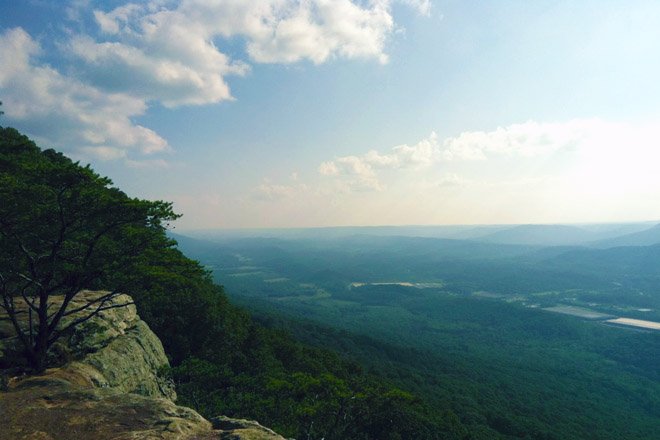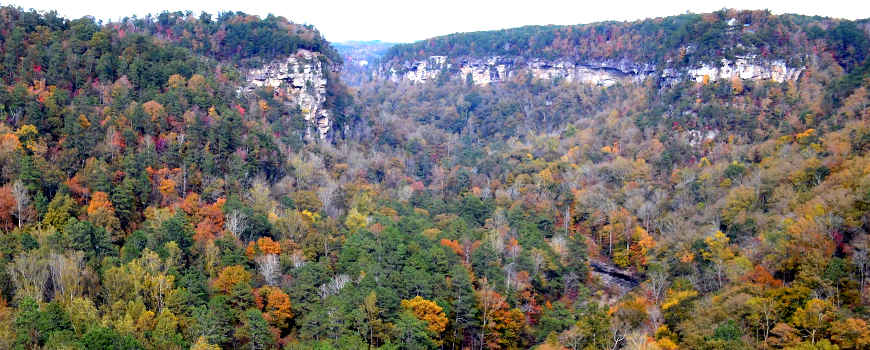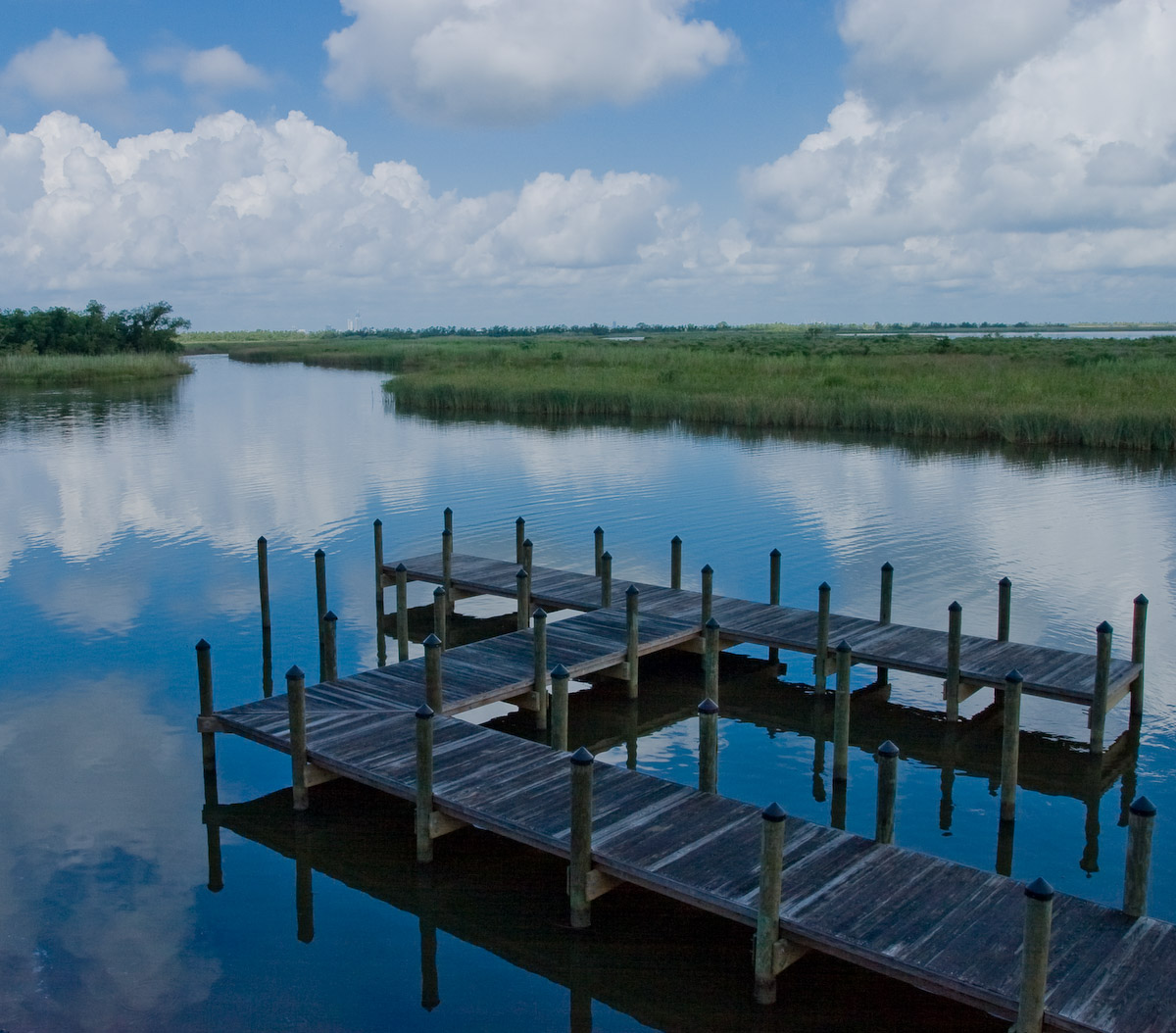The Black Belt Nature and
Heritage Trail Is Full of History
The Black Belt Nature and Heritage Trail is a great way to see where the culture of the old south developed in the State of Alabama.
It has been known throughout history as home to some of the “richest soil in the country, as well as some of the poorest people”.
There are technically 17 countries in the State that are included in this region, and they include Barbour, Bullock, Butler, Choctaw, Crenshaw, and Dallas Counties.
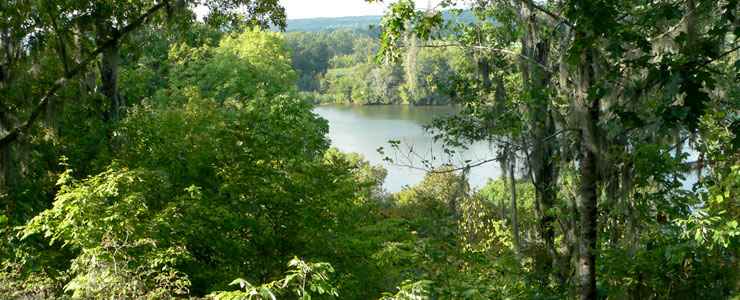 The Black Belt Nature and Heritage Trail
The Black Belt Nature and Heritage TrailIt also includes Greene, Hale, Lowndes, Macon, Marengo, Montgomery, Perry, Pike, Russell, Sumter, as well as Wilcox Countries.
Although not exact, the best way to identify it is to take US Highway 80 starting in Selma Alabama, all the way to Tuskegee.
This road will take you along the Black Belt Nature and Heritage Trail, and cover all of the key historical sites.
The History of the Black Belt Nature and Heritage Trail
This part of Alabama is dominated by mostly flat and well drained terrain that is mixed in with gentle rolling hills.
The average elevation in the area is 600 feet, and it is made up of extremely thick, rich and fertile soil.
It is this rich soil that attracted both the Native Americans, as well as the early white settlers to the area.
It is home to the birth of the Confederacy, as well as numerous Civil Rights Movements over several years.
It was also at one time one of the richest and most politically strong areas in the entire country, because of its rich soil and the explosion of Cotton.
There are several historical places along the Black Belt Nature and Heritage Trail, and they include the following.
The First Five Historical Sites on the Black Belt Nature and Heritage Trail
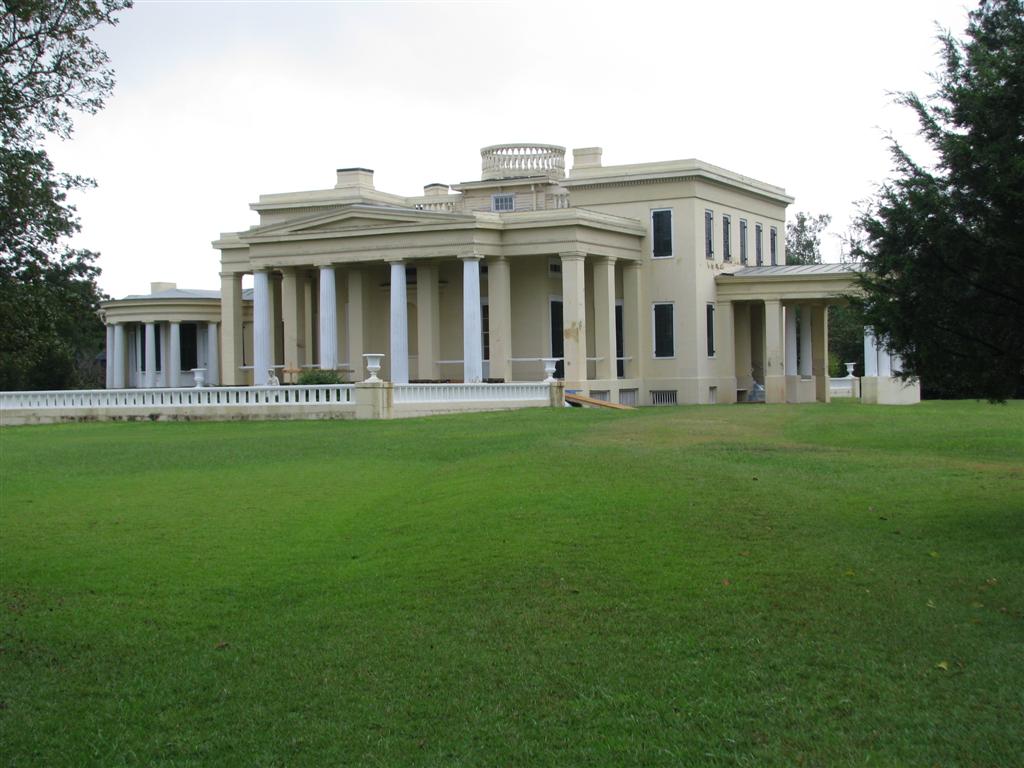 Gainswood Plantation in Demopolis Alabama
Gainswood Plantation in Demopolis Alabama- The Gainswood National Historic Site
- Chickasaw State Park
- Selma
- Old Cahawba Archaeological Park
- Kenan’s Mill
The Gainswood National Historic Site
First on the list sites of the Black Belt Nature and Heritage Trail, is the Gainswood National Historic Site, located in Demopolis.
It is referenced by the Smithsonian as one of the three or four most interesting houses in the entire country.
Built over a period of 18 years in the middle 1800’s, the State bought the home in 1966.
It not only has numerous original as well as elaborates furnishings; it also has what is considered to be some of the finest plaster work in the country.
This plasterwork is considered by experts to be some of the best ever completed in a 19th century plantation style home and is still in excellent shape.
Chickasaw State Park
Next on the list is Chickasaw State Park, which is located on US 43 about four miles east of Linden, which is just south of Demopolis.
It is a 520-acre park that was developed by the Civilian Conservation Corps in the early 1930’s.
It is home to pine as well as several hardwood trees, as well as numerous wildflowers and wildlife.
However, it is best known for its litany of songbirds.
It offers the public campsites, picnic areas, a large playground, restrooms, as well as a dumpsite.
Selma
The historic city of Selma is next on the list, and it is rich in both Civil War as well as Civil Rights history.
It used to be home to the largest munition plant in the Confederate Army, and is well known for the “Battle of Selma”
However, it is best known for its historic “Selma to Montgomery” march in the mid 1960’s, and is home to the famous Edmund Pettus Bridge.
Located near the bridge is the National Voting Rights Museum and Institute, which tells this historic story.
It contains several photographs as well as memorabilia of the event.
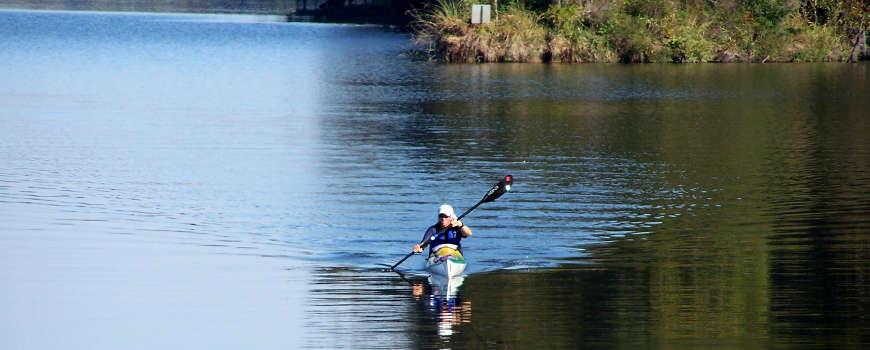 Canoeing On The Black Belt Nature and Heritage Trail
Canoeing On The Black Belt Nature and Heritage TrailOld Cahawba Archaeological Park
Next on the list of sites on the Black Belt Nature and Heritage Trail is the Old Cahawba Archaeological Park.
This area was inhabited by Native Americans for thousands of years until 1814, when the Creek nation was defeated.
Shortly after that, settlers from several states came to the area, and it became the first capital of the state in 1820.
It flourished during the boom in the cotton industry, but after the Civil War, it went into a steep decline.
Today it is basically a ghost town that has several Native American artifacts, but it is the lure of the ghost town image that draws most visitors.
Kenan’s Mill
Next on the list is Kenan’s Mill that was first built in the year 1861 as a water- powered grist mill.
It was fully operational and produced ground cornmeal as well as grits, up until 1968.
There was a dam that was added in 1904 that created a scenic waterfall.
The mill was fully restored in 1997 and it was donated to the Selma-Dallas County Historic Preservation Society.
It host special events and is open to the public.
The Second Five Historical Sites on the Black Belt Nature and Heritage Trail
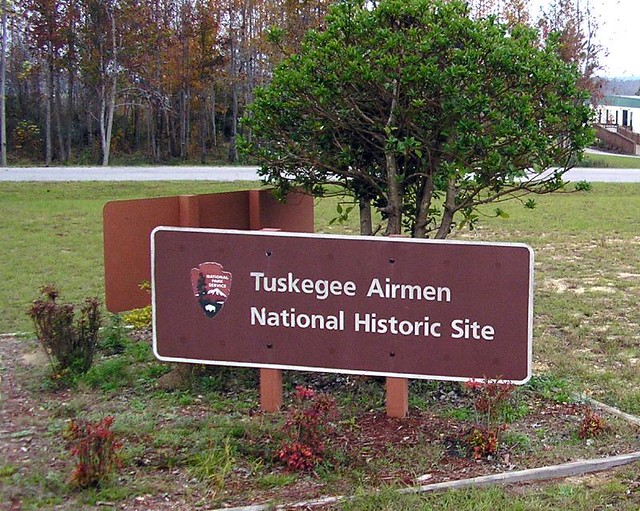 The Tuskegee Airmen National Historic Site Sign
The Tuskegee Airmen National Historic Site Sign- The Lowndesboro Historic District
- The Holy Ground Battlefield
- Montgomery
- The Tuskegee Institute National Historic Site
- The Tuskegee Airmen National Historic Site
The Lowndesboro Historic District
First on this final list is the Lowndesboro Historic District which has numerous historic buildings.
They range from simple cottage homes to stately plantation homes, as well as several old and beautiful churches.
Included in this category is the oldest, the St. Paul’s Episcopal Church that was built in 1857, to the Lowndesboro Baptist Church, that was built in 1888.
The Holy Ground Battlefield
Next on the list of sites is the Holy Ground Battlefield, which used to be a major town for the Creek Nation.
It is sacred to the Creek Indians because of the Creek Indian War of 1813-1814.
During this war, the Creeks were defeated by US Calvary troops led by General Andrew Jackson.
The site is home to interpretative displays, rich forest lands, as well as breathtaking overlooks.
Montgomery
Montgomery, the Capital of the State, is next on the list and is called the “Birthplace of Civil Rights”
It is the home of the brand-new Legacy Museum that is a real-life story about slavery as a whole.
This Museum makes it fell like you are living the actual life of a slave.
It is also the home of the “First White House of the Confederacy”, as well as the Rosa Parks Museum.
The Tuskegee Institute National Historic Site
Next on the list is The Tuskegee Institute National Historic Site, which tells the life story of Booker T. Washington, as well as George Washington Carver.
The Tuskegee Institute was founded in the year 1881, as its entire purpose was to educate African Americans as teachers.
Mr. Carver is considered one of the top minds in southern agriculture, and this museum is full of artifacts as well as audiovisual programs about this story.
The Tuskegee Airmen National Historic Site
The final listing is the Tuskegee Airmen National Historic Site, which tells the story of the first African Americans to fly in the military.
The Museum and Visitor Center will walk you through the entire story about the 92 pilots, as well as the over 10,000 personal that made all of this happen.
What started out as an “experiment” soon became one of the best true stories to come out of World War II.
While this list of sites on the Black Belt Nature and Heritage Trail is not all conclusive, it represents the most popular.
References
https://www.alabamabyways.com/2012/11/25/the-black-belt-nature-and-heritage-trail/

Alabama Gift Store
Numerous Items for You and Your Family to Enjoy
See it here at the Gift Store
Copyright 2019-2023 Alabamabackroads.com
All Rights Reserved
